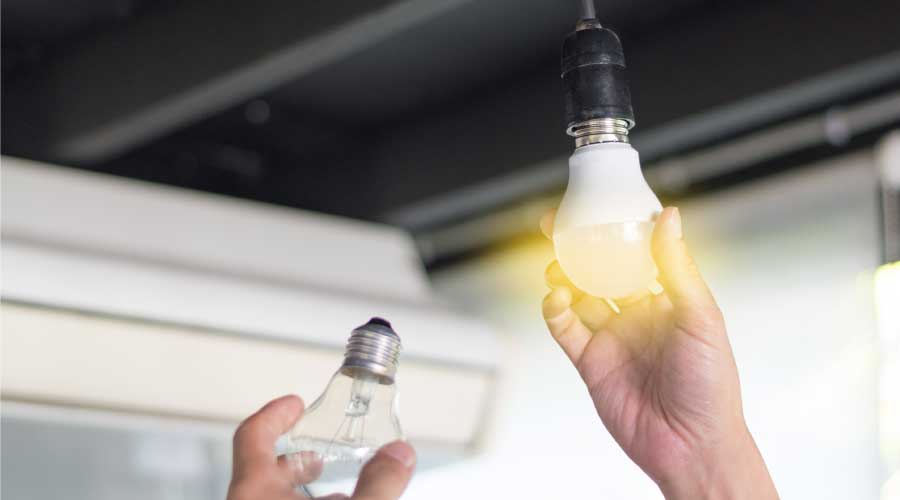The Challenge of Getting Lighting Quality Right
Being smart about light in commercial spaces is not just about efficiency — about counting kWH — but also the challenge of getting lighting quality right. No one would dispute that improving the efficiency of lighting systems in commercial spaces is one of the most reliable ways to improve the energy performance of a facility, often with a quick payback. As lighting technology evolves at breakneck speeds, it’s also getting easier by the day to get more light for less energy.
But in addition to the quantity of power consumed by lighting systems, the quality of the light should also be an integral part of the conversation. Lighting quality affects productivity, wayfinding, and perception of products. It sets the tone for a space and inextricably influences our very biology. But efficiency has often crowded out quality in lighting design conversations of late, experts say.
“Whatever happened to lighting quality?” says James Benya, principal and partner with Benya Burnett Consultancy. “It’s a baby-with-the-bathwater kind of problem. In order to make lighting more efficient, we’ve forgotten some basic principles.”
Determining that a lighting system is providing the appropriate quality of lighting is a proposition more nuanced than measuring lumens per square foot with a light meter, but that doesn’t mean you shouldn’t try to address the issue of lighting quality in your spaces. Here are some common crimes against quality in lighting in commercial spaces and a little of what to consider to get the light right at your facility.
What is Quality?
There isn’t a single prescriptive definition of what quality in lighting in a space is. “Everyone approaches different architectural spaces with different assumptions and different anticipations,” says Ken Kozminski, senior lighting designer, Lighting Ergonomics. “The lighting should be deliberate, as deliberate as the materials and finishes that were selected, the care that they were selected with. What this all boils down to is that there is no universal set of quality standards other than to begin with the human perception of spaces.”
Achieving quality in lighting requires carefully considering the demands of the tasks to be performed in the space, the evolution in technology that employees might be using to complete those tasks, the effect of light color and intensity on worker productivity, the mood and brand of a space and how the lighting system can support that, and on and on in a list of fine-grained considerations. Often times, there isn’t the time or wherewithal to pause and mull over such details.
“If facility managers are forced to deal with a deadline on a project, usually it’s, ‘I’m going to throw something in the ceiling and be done with it,’” says Michael Barber, principal, with The Lighting Practice. In addition to rush jobs, there are decades of outmoded thinking around commercial lighting to counteract. For example, more is not always more. “One common mistake that we see over and over is overlighting of the space,” says Barber.
Overlighting comes from several misapplied strategies. For example, IES calls for an average of 50 foot candles on desks, says Mark Loeffler, director with Atelier Ten, but he cautions that starting out by satisfying the code first and as the only metric, leads to boring lighting. “And it also leads to energy waste and too many luminaires that you might not need to buy,” he says.
This error is fed by another common commercial-lighting strategy that is poor from a design perspective: putting everything in the ceiling.
Related Topics:














